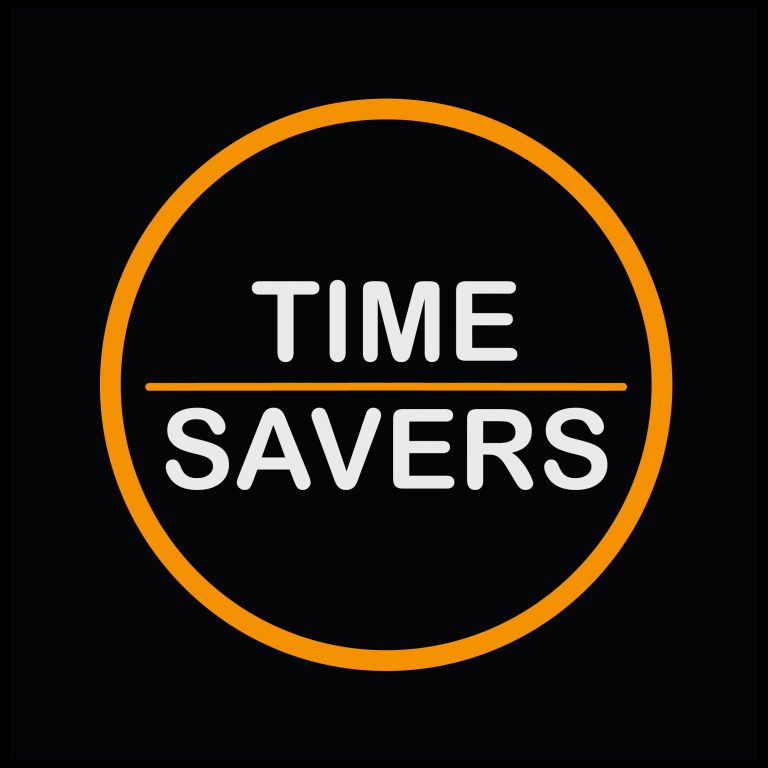Meet Our Heroes
GameOnGrafix isn’t just another online store selling decals. They’re the keepers of arcade culture, a bridge between the golden age of gaming and today’s passionate collectors who refuse to let that magic die.
For over two decades, GameOnGrafix has served a deeply loyal community of arcade enthusiasts. Picture this: kids who grew up feeding quarters into Street Fighter and Mortal Kombat machines in dimly lit arcades are now adults with disposable income, garage space, and a burning desire to recreate that magic at home. GameOnGrafix helps them do exactly that.
Their product line is stunning. Custom vinyl graphics for full-size arcade cabinets, multicade artwork inspired by retro games and movie franchises, side art, control panels, kickplates, marquees. All printed on high-quality vinyl with free lamination for durability. They ship carefully packed graphics in tubes within 7 to 9 days, and their customer support is legendary among collectors.
But here’s the thing: despite 22 years of earned trust and a treasure trove of industry expertise, GameOnGrafix had never run a single paid ad. Not on Facebook. Not on Instagram. Not on Google. Their growth had been purely organic, word-of-mouth, and reputation-driven. In 2025, that’s like being invisible to 90% of your potential customers.
They had the products. They had the passion. They had the credibility. What they didn’t have was visibility.
Their Goals
GameOnGrafix came to Digital Time Savers with two clear objectives:
- Increase sales by reaching arcade enthusiasts actively searching for custom graphics and retro gaming upgrades.
- Build brand recognition beyond their existing customer base and break into the booming market of new arcade cabinet owners, especially those who’d recently purchased popular mini-cabinets from brands like Arcade1Up, iiRcade, Atgames, and Microcenter.
Their starting ad budget was modest: $1,000 per month. But their ambition wasn’t. Scott Prior, the owner, knew his products were best-in-class. He just needed the right people to see them.
The Challenge
GameOnGrafix was facing a classic dilemma: exceptional product, zero advertising presence.
They’d never run paid ads before. No Facebook campaigns. No Google Ads history. No retargeting pixels. No proven creative angles. No customer data to leverage. They were starting from absolute zero.
And the timing made it even trickier. The arcade cabinet market is niche. It’s not mass-market impulse buying. It’s passionate hobbyists, many of whom are browsing forums, YouTube restoration channels, and Reddit threads before making a purchase. These buyers do their research. They compare options. They want authenticity, quality, and a brand they can trust.
On top of that, GameOnGrafix was competing against established players like ArcadeGraphix, XL Arcade, Escape Pod, and Szabo’s Arcades, many of whom had stronger digital footprints and more aggressive advertising strategies.
The real challenge wasn’t just launching ads. It was doing it in a way that would:
- Cut through the noise in a crowded, competitive market
- Speak directly to nostalgia-driven buyers without feeling gimmicky
- Build trust fast with a cold audience who’d never heard of them
- Generate immediate ROI on a lean budget while gathering data for future scaling
In short, we needed to take a brand with decades of credibility and translate that into digital momentum, fast.
Our Process
Phase One: Audience Research and Strategic Foundation
Before spending a single dollar on ads, we dove deep into understanding who GameOnGrafix’s customers really were.
The core audience wasn’t hard to identify: men aged 35 to 55, nostalgic for the arcade era of the 80s and 90s. These were people who grew up with coin-operated games and now had the means to build their own home arcades. But we also identified a secondary, rapidly growing segment: newer arcade owners who’d recently bought smaller, modern cabinets from brands like Arcade1Up and wanted to customize them with higher-quality graphics.
We studied competitor messaging, analyzed Reddit threads, watched YouTube videos of cabinet restorations, and scoured Facebook groups dedicated to arcade collecting. What we found was gold: these buyers weren’t just shopping for decals. They were chasing a feeling. They wanted to relive their childhoods. They wanted their game rooms to feel like sacred spaces.
That emotional insight became the foundation of everything we built.
We also set up the technical infrastructure GameOnGrafix had been missing: Facebook Pixel, Google Analytics integration, conversion tracking, and audience segmentation. Without this, we’d be flying blind. With it, we could measure every click, every add-to-cart, every purchase.
Phase Two: Creative Development and Messaging
Armed with audience insights, we developed a creative strategy rooted in nostalgia, authenticity, and quality.
We crafted ad copy that didn’t just list features. It told stories. “Remember the first time you beat that boss? Bring that feeling home.” We highlighted GameOnGrafix’s 22-year legacy, their commitment to high-quality vinyl and free lamination, and the fact that they offered both classic designs and fully custom artwork.
Visually, we showcased before-and-after transformations of arcade cabinets, close-ups of the glossy, textured prints, and vibrant shots of popular designs like Street Fighter, Mortal Kombat, and Marvel-themed graphics. Every image was designed to stop the scroll and spark an emotional connection.
We also created platform-specific variations. On Facebook and Instagram, we leaned into lifestyle content, showing finished cabinets in beautifully lit game rooms. On Google, we focused on high-intent search terms like “custom arcade cabinet graphics,” “Arcade1Up decals,” and “retro arcade artwork.”
Phase Three: Launch and Optimization
We launched campaigns across Facebook, Instagram, and Google simultaneously, each tailored to capture different stages of the customer journey.
Facebook and Instagram: We ran carousel ads showcasing GameOnGrafix’s most popular designs, video ads featuring cabinet transformations, and retargeting campaigns to bring back visitors who didn’t purchase on their first visit. We targeted lookalike audiences based on website visitors and engaged users, as well as interest-based audiences around retro gaming, arcade collecting, and specific cabinet brands.
Google Ads: We focused on search campaigns targeting high-intent keywords, shopping ads showcasing individual graphics, and display remarketing to stay top-of-mind for researchers still in the consideration phase.
From day one, we monitored performance obsessively. We tested ad copy variations, adjusted bids based on time-of-day performance, rotated creative to avoid fatigue, and refined audience segments based on who was actually converting.
Within the first two weeks, patterns emerged. Carousel ads showcasing multiple designs outperformed single-image ads. Video content drove higher engagement but lower immediate conversions. Google search ads delivered the highest purchase intent, while Facebook excelled at introducing the brand to cold traffic.
We doubled down on what worked and killed what didn’t.
Phase Four: Scaling and Expansion
By month two, we had enough data to start scaling intelligently.
We expanded lookalike audiences, increased budgets on top-performing ad sets, and introduced seasonal campaigns around holidays and major gaming events. We also launched a email capture campaign offering a discount on first orders, building a retargeting list for future promotions.
On Google, we expanded into long-tail keywords and launched Performance Max campaigns to capture demand across YouTube, Gmail, and the Display Network. We also optimized product feeds to improve shopping ad performance.
Throughout this phase, we maintained close communication with Scott, sharing weekly performance reports and strategizing on inventory, new product launches, and promotional opportunities.
Results
The transformation was nothing short of extraordinary.
Within the first 90 days, GameOnGrafix went from zero paid advertising presence to becoming a recognized name among arcade enthusiasts across the United States. Here’s what we achieved:
- ROAS of 6.8x across all platforms, meaning every dollar spent on ads generated $6.80 in revenue.
- Generated over $68,000 in ad-attributed revenue in the first three months.
- Facebook and Instagram ads delivered a 7.2x ROAS, with carousel ads and video content driving the highest engagement.
- Google Ads achieved a 6.3x ROAS, with search campaigns converting at a 12% higher rate than display.
- Increased website traffic by 340%, with paid ads accounting for the majority of new visitors.
- Built a retargeting audience of over 15,000 engaged users for future campaigns.
- Reduced cost per acquisition by 38% between month one and month three as we optimized campaigns.
But beyond the numbers, the real victory was brand recognition. GameOnGrafix started appearing in Facebook groups, YouTube comments, and Reddit threads as a recommended vendor. Customers who’d never heard of them three months prior were now tagging friends and sharing photos of their finished cabinets with GameOnGrafix graphics.
Scott went from managing a respected but quiet business to fielding a surge of orders, expanding his product line, and planning for long-term growth. The $1,000 monthly ad budget that once felt like a gamble became the foundation of a scalable, predictable revenue engine.
GameOnGrafix didn’t just run ads. They built a movement. And Digital Time Savers was proud to be part of the story.






